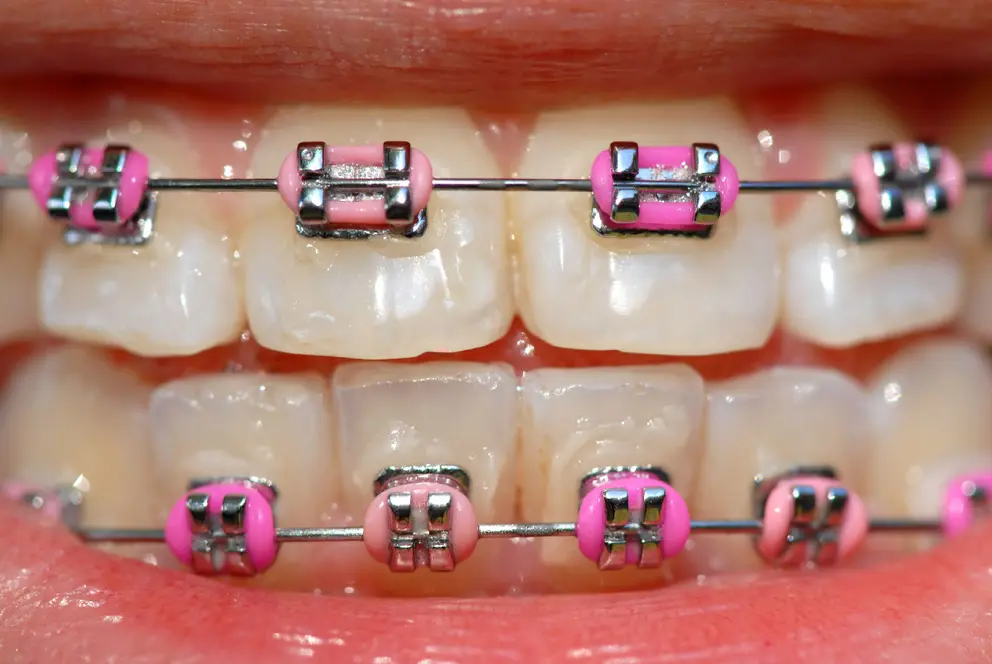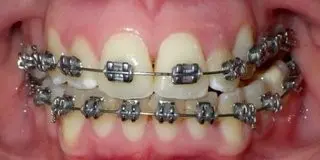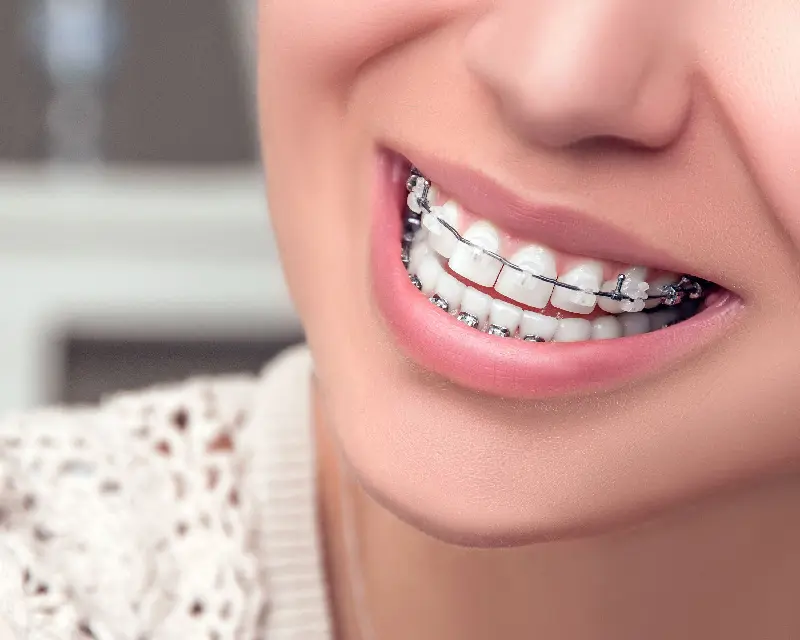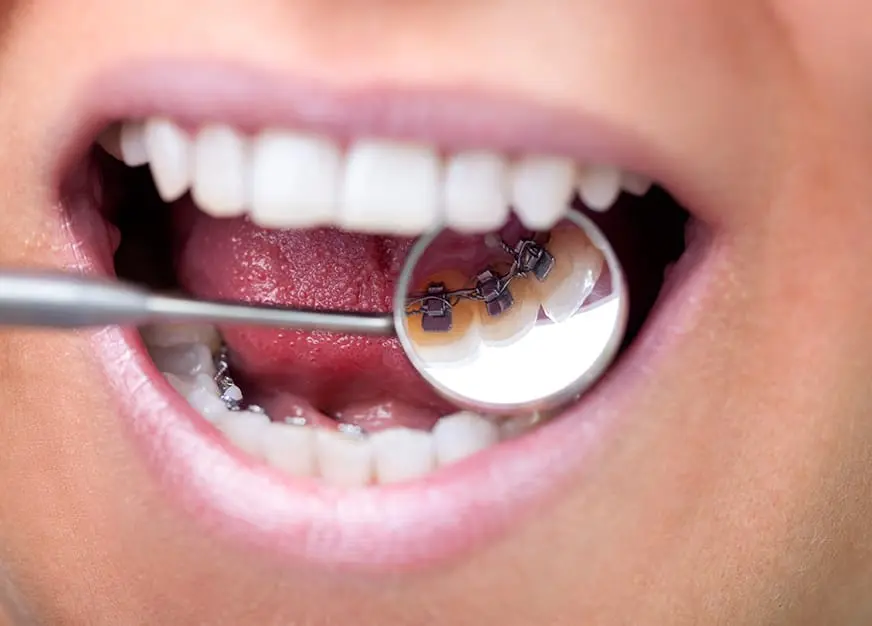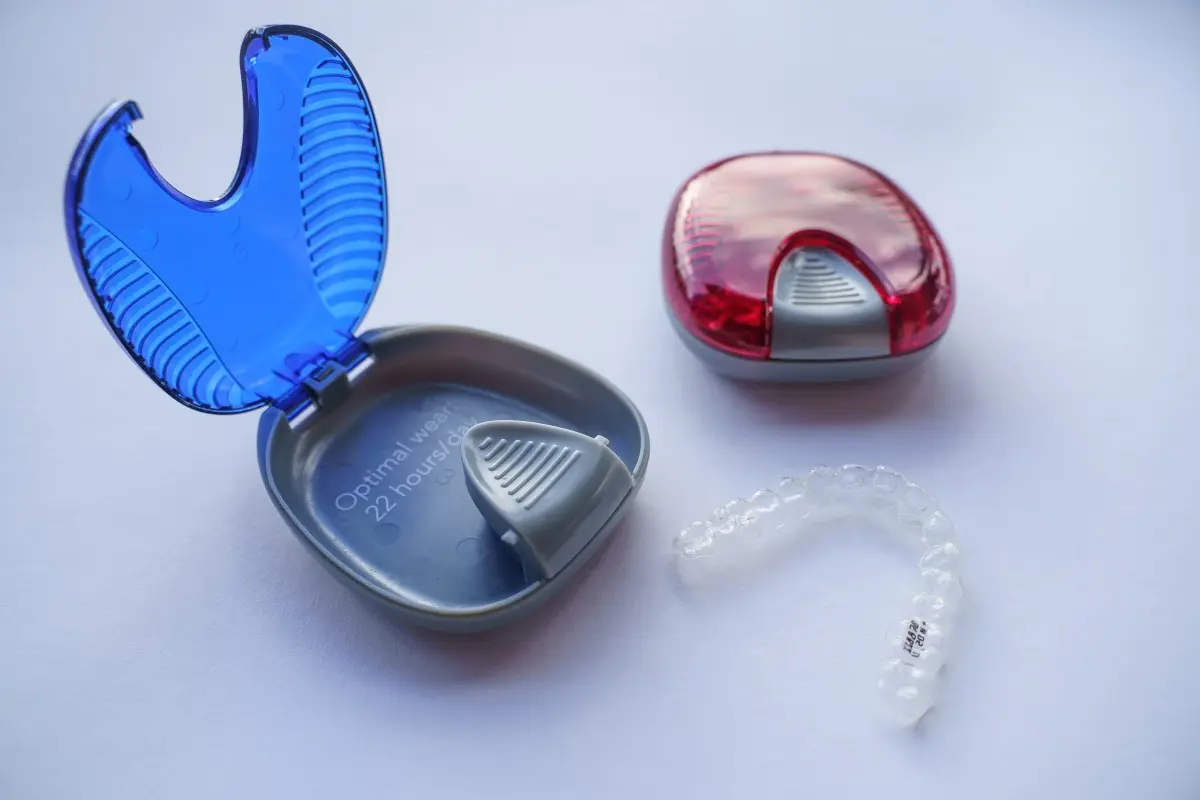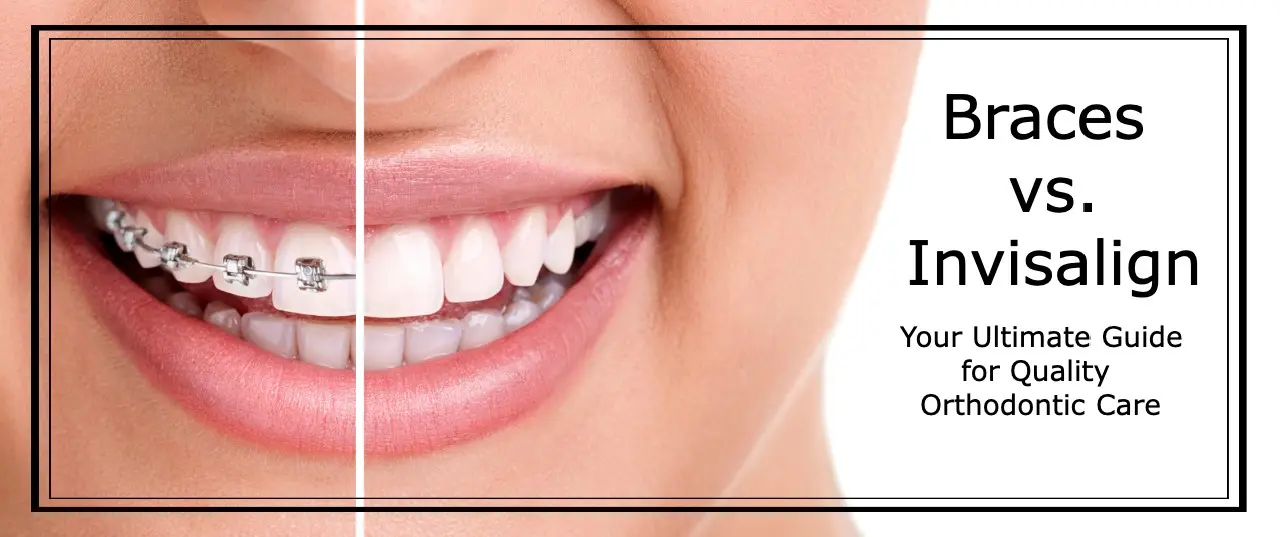
You might be wondering:
should I get braces or Invisalign aligners?
Thinking about straightening your teeth? Great choice!
Luckily, that’s what this guide is for! We’ve got answers to all your questions about the difference between these two forms of orthodontic treatment. We’ve stacked up these two side by side so you can make an informed choice for your smile. And we’ve compared Invisalign aligners to other clear aligners so you can get the whole picture when it comes to treatment options.
Remember, no matter which treatment you choose, the most important part of your smile transformation is your orthodontist! An experienced doctor will carefully supervise your treatment to ensure the best results and a long-lasting smile.
Cost, comfort, effectiveness: we’ve got it covered. Read on to find out whether braces or Invisalign treatment is right for you!
Discover the Right Orthodontic Treatment for Your Smile